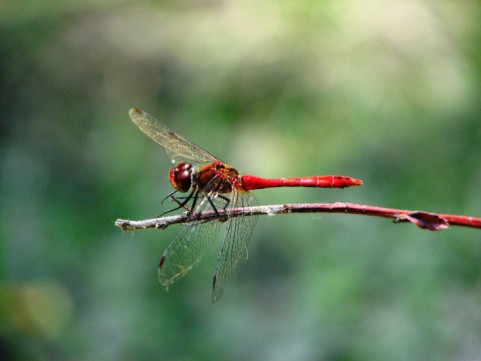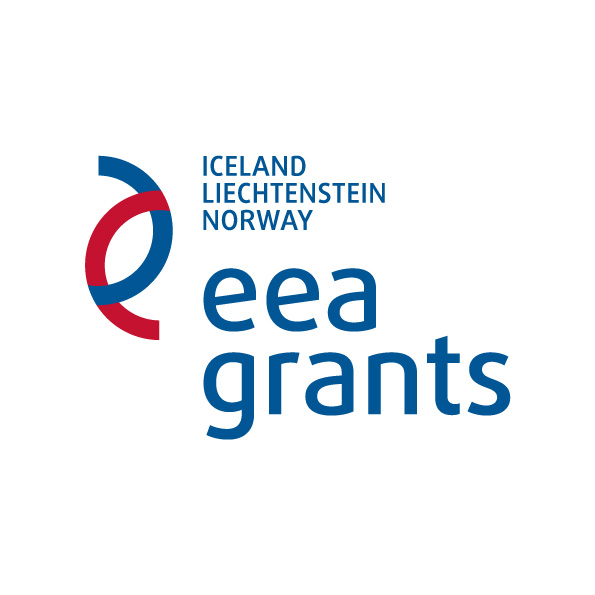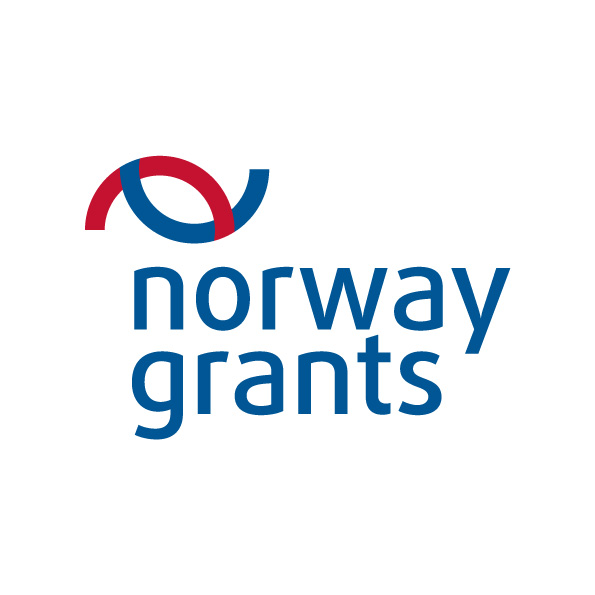Social education in the conflict between urbanisation and ecology - what we do?
As part of the project, we conducted studies of air, water, animals, and plants, such as air content analyses in the Wilanów Palace and the surrounding gardens, or diagnoses of likely threats connected with the expansion of municipal infrastructure.
We have studied and recorded the diversity of biological groupings active within the nearest vicinity of the Palace at Wilanów and the surrounding gardens, including water ecosystems (both standing and running water) as well as the biodiversity of flora and fauna of land ecosystems (trees and bushes, lawns and annual plant groupings).
We record the current state of research using the Geographic Information System data platform (GIS), which enables the registration and expansion of knowledge on the already listed natural and historical resources of the museum. Research results are expressed in the shape of resource and thematic maps. The geographic database and the results of research are available through the Museum's website.
Based on historical data, we reconstituted wild bee nests and beehives while organising presentations on traditional bee-keeping, including fashioning hives. We also reconstructed the historic “behoof-enfruiting” garden by way of parcels, hotbeds, and nurseries, and the rose garden, including plants that were grown in that plot of land 200 or even 300 years ago.
We have prepared 3 new education tour routes adapted for the sightless and short of sight. We also organise meetings with specialists and offer 20 external lessons for schools while contributing to the “Summer in the City” programme and the “Under the Umbrellas” nature education programme in the Wilanów gardens.
Using the existing information framework based on QR-code technology, we have developed new content (spots in the park) concerned with questions of biodiversity and the results of research conducted as a part of the project. The new mobile application (for iOS, Android, and WindowsPhone), available in two language versions (Polish and English) and operating in Augmented Reality, allow for the presentation of these results in the form of an interactive walk across the Wilanów Park. The users are able to observe natural phenomena they would not see in their everyday lives and to assess the yearly changes in the environment with their own eyes.
Translation: Antoni Górny
The EEA Grants and Norway Grants represent the contribution of Iceland, Liechtenstein and Norway to reducing economic and social disparities and to strengthening bilateral relations with 16 EU countries in Central and Southern Europe. In the period 2009–2014, the EEA Grants support 86 programmes in 16 countries in Europe. The EEA Grants are available to the 13 EU member countries that joined the EU and the European Economic Area (EEA) in 2004, 2007 and 2013 as well as Greece, Spain and Portugal.
The EEA Grants are jointly financed by Iceland, Liechtenstein and Norway. The three countries contribute to the grant scheme according to their size and economic wealth. Of the €993.5 million set aside for the 2009–2014 period, Norway represents around 94%, Iceland close to 5% and Liechtenstein just over 1%. The decision-making body of the EEA Grants is the Financial Mechanism Committee, which is composed of representatives of the Foreign Ministries of Iceland, Liechtenstein and Norway.
At least 30% of the funding is allocated to environmental protection, climate change measures and renewable energy. Improving energy efficiency and increasing the share of renewables in energy use is a key objective of the Grants. Funding backs projects to improve energy efficiency, develop energy efficiency initiatives for small businesses and increase renewable energy production. Curbing marine pollution, improving environmental monitoring and preserving biodiversity are also important priorities for the EEA Grants.
Source of information about EEA Grants: eeagrants.org. For more please visit the Official Site of EEA Grants and Norway Grants.
suggested

Project “Social education in the conflict between urbanisation and ecology at the Wilanów Palace Museum”
The Palace of King Jan III and the surrounding park are located at the outskirts of a dynamically developing city. …

Social education in the conflict between urbanisation and ecology - movie
The aim of project “Social education in the conflict between urbanisation and ecology at the Wilanów Palace Museum” is to …

Social education in the conflict between urbanisation and ecology - gallery
Four seasons in Wilanów Gardens The support received from the European Economic Area Financial Mechanism 2009-2014 allowed us to develop the …

The intimate life of birds
The intimate life of birds – a fragment of an interview with ornithologist Marek Elas What makes bird-watching so fascinating? The best …

Debates report
Debate 1: Biodiversity in Morysin On October 9th in the Wilanów palace a public debate was held on the Morysin Nature …

















